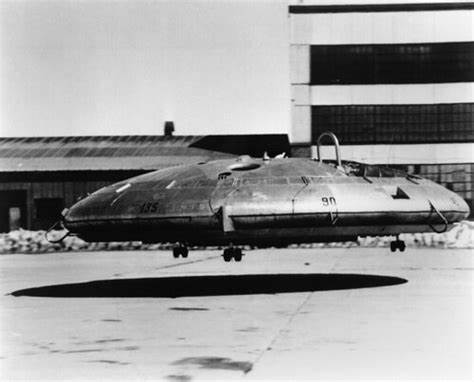
During the Cold War, the race for technological advancements in aviation was not merely about innovation but also a strategic necessity.
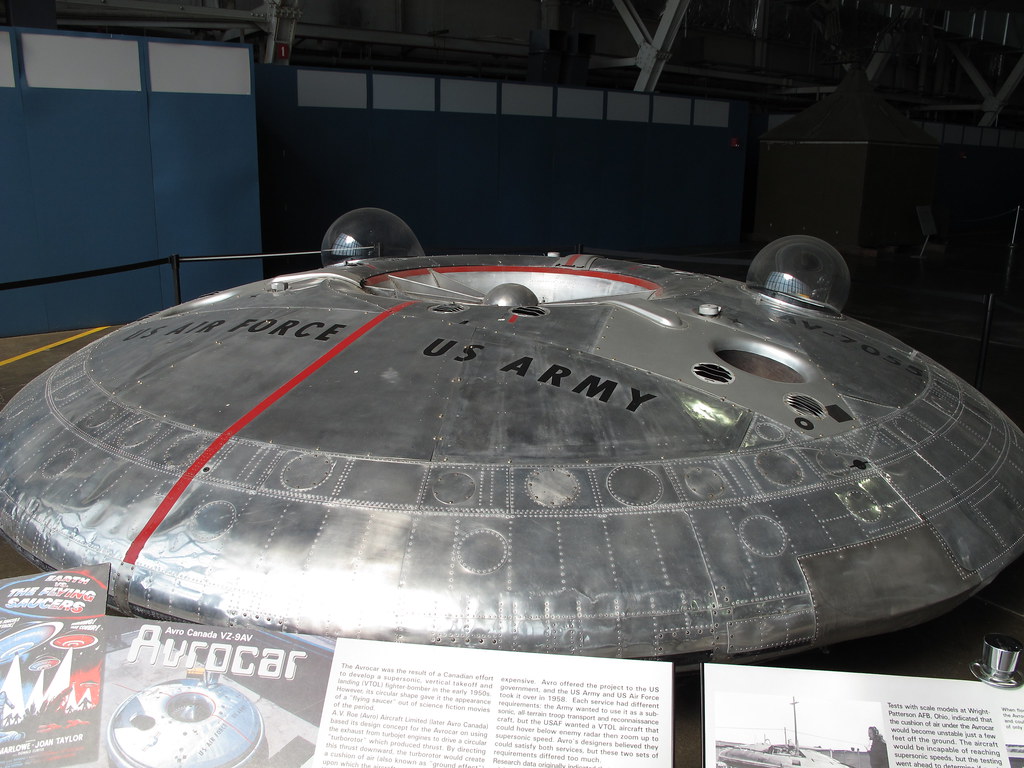
Among the numerous bold endeavors of that era, one particular aircraft stood out as if it had emerged straight from the pages of science fiction into actual flight.

The Avrocar, a VTOL (Vertical Takeoff and Landing) aircraft developed in Canada, offered a glimpse into a future that, regrettably, did not live up to its high expectations.
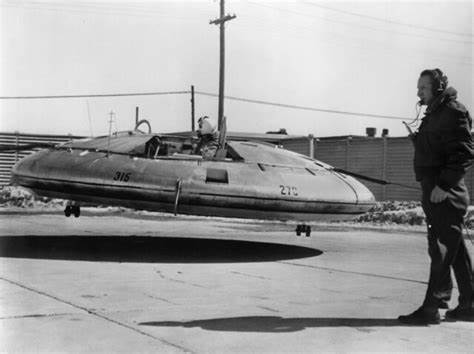
The journey of the Avrocar began in the early 1950s with A.V. Roe (Avro) Aircraft Limited, later known as Avro Canada, which embarked on a mission to create a supersonic fighter-bomber capable of vertical takeoff.

Its circular and flat shape, deviating from conventional aircraft design, caused it to resemble the era’s popular depiction of a “flying saucer.”
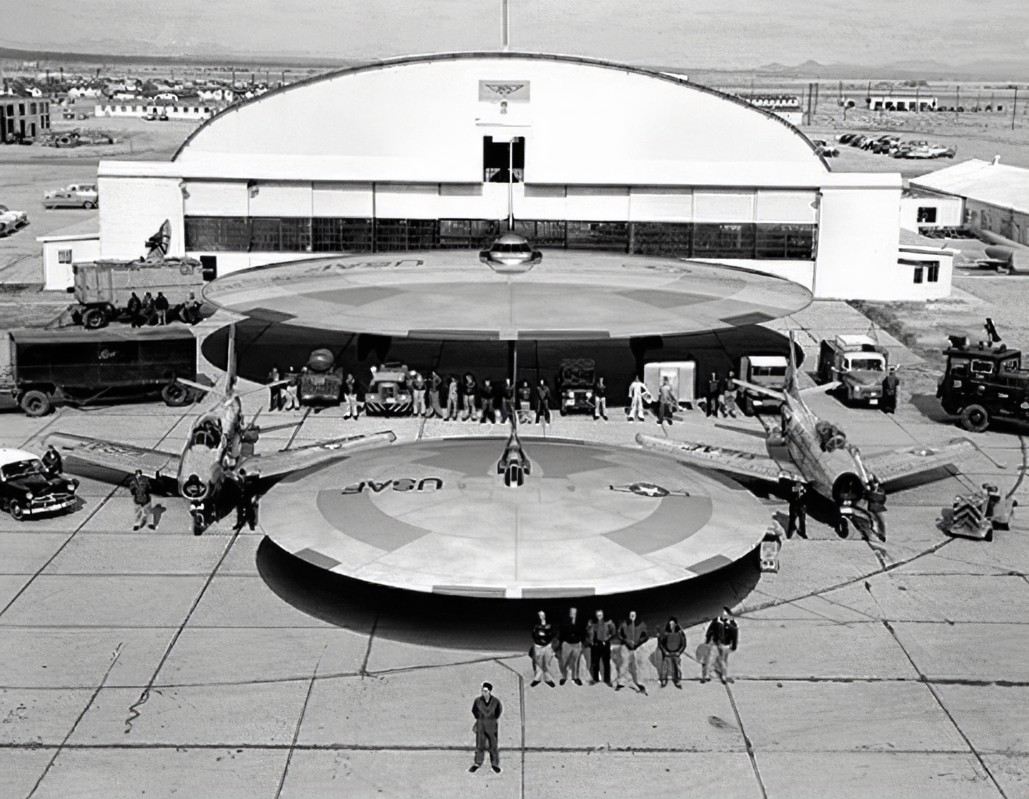
This resemblance was not mere coincidence, as the period brimmed with public fascination over UFOs, fueled by numerous sightings and a proliferation of extraterrestrial themes in Hollywood films.
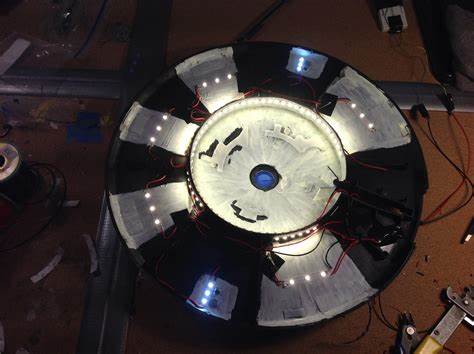
The Avrocar aimed to utilize the exhaust from turbojet engines to drive a circular “turbo rotor,” creating a cushion of air known as the “ground effect” for low-altitude floating.

On paper, directing the thrust rearwards would propel the vehicle forward, allowing it to accelerate and climb like a traditional jet.
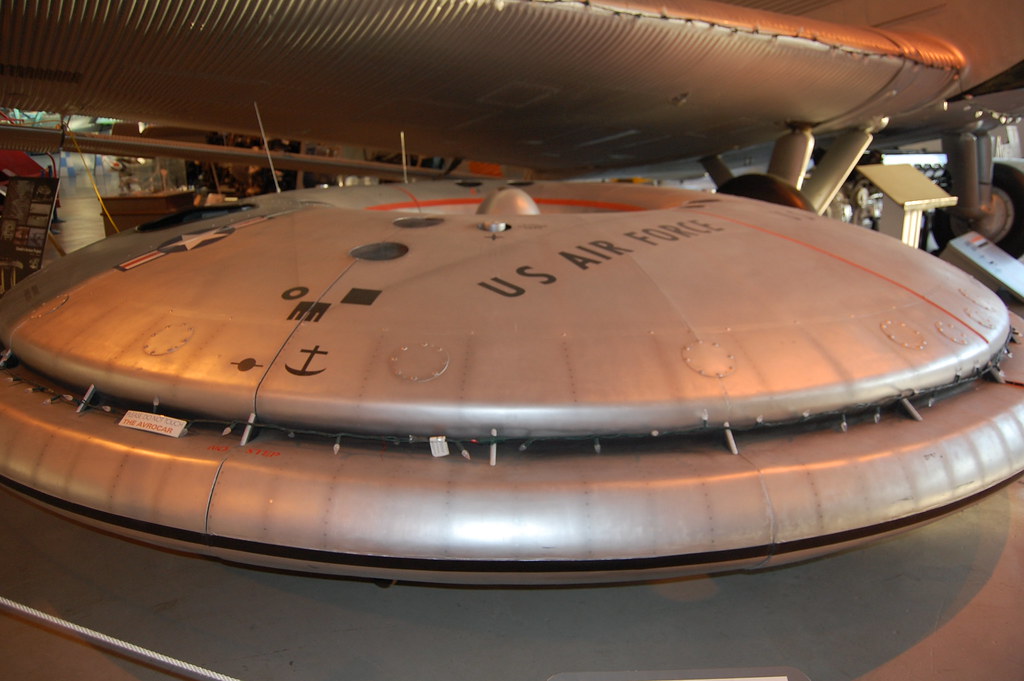
Initial Canadian government funding in 1952 could not sustain the project’s financial demands, leading Avro to pass the torch to the U.S. military in 1958.
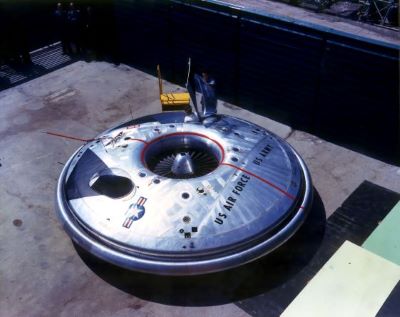
The U.S. Army envisioned the Avrocar as a subsonic all-terrain transport and reconnaissance craft, while the U.S. Air Force coveted a stealthy VTOL aircraft capable of evading radar and breaking the sound barrier.

These divergent requirements signaled the beginning of Avrocar’s troubled development.
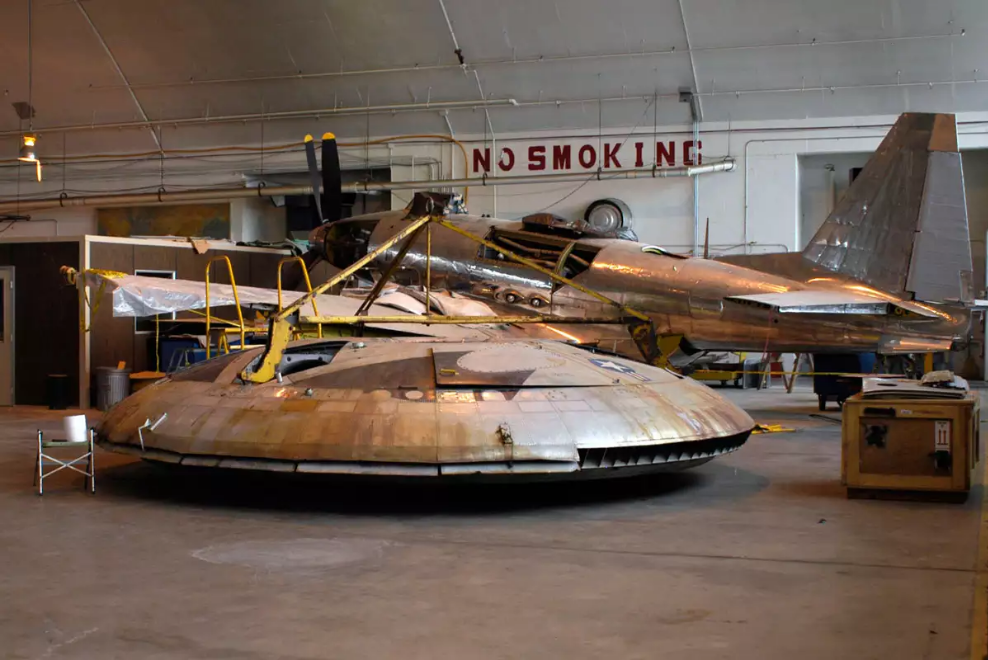
Despite early optimism, the Avrocar, designated the VZ-9AV (“VZ” for experimental vertical flight, “9” for the ninth concept, “AV” for Avro), faced severe stability challenges.

Wind tunnel tests at NASA’s Ames Research Center and scale model evaluations at Wright-Patterson AFB in Ohio unveiled a grim reality—the Avrocar suffered from aerodynamic instability and insufficient control for high-speed flight. manifesting as “hubcapping,” an uncontrollable pitch and roll motion, when more than three feet off the ground.
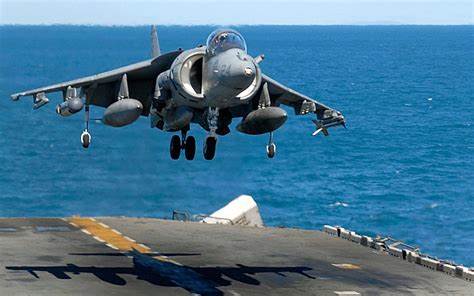
The dual prototypes of the Avrocar numbered 58-7055 for the first and a second unnamed, strove to demonstrate the aircraft’s viability.
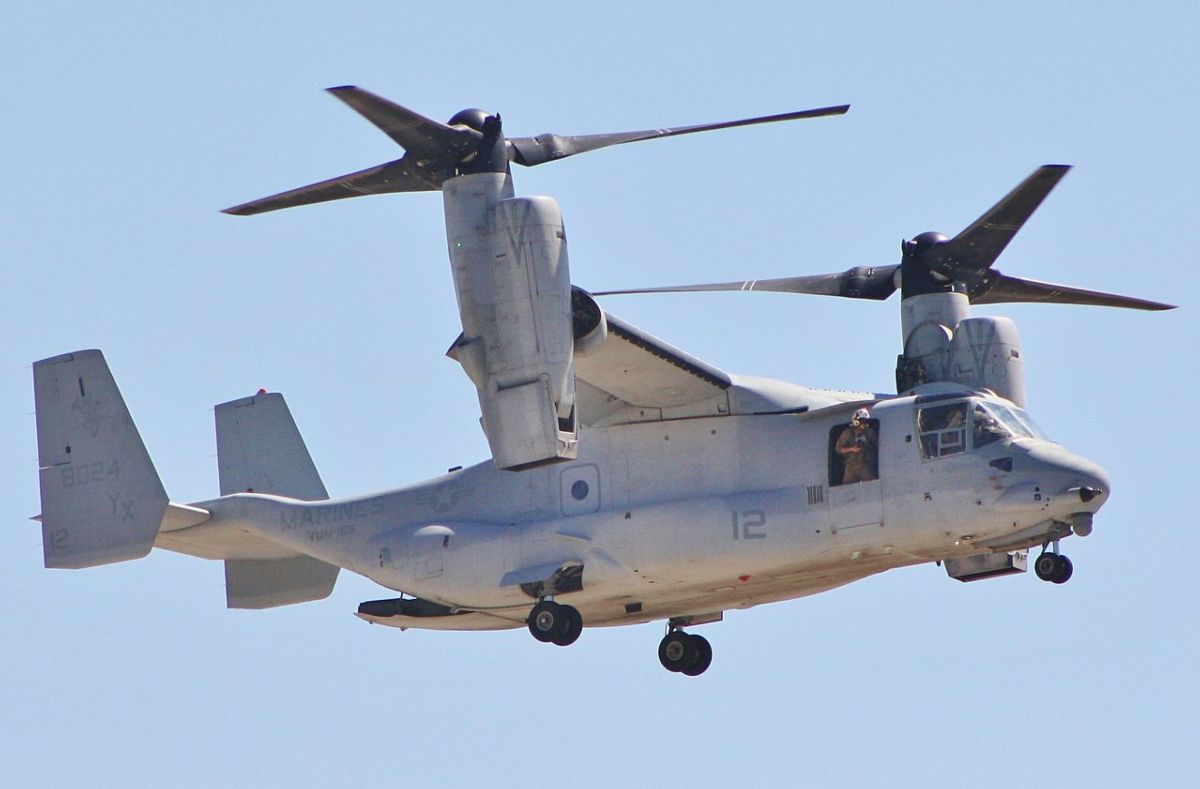
However, the vehicle’s performance fell drastically short of expectations, achieving a maximum speed of only 35 m
